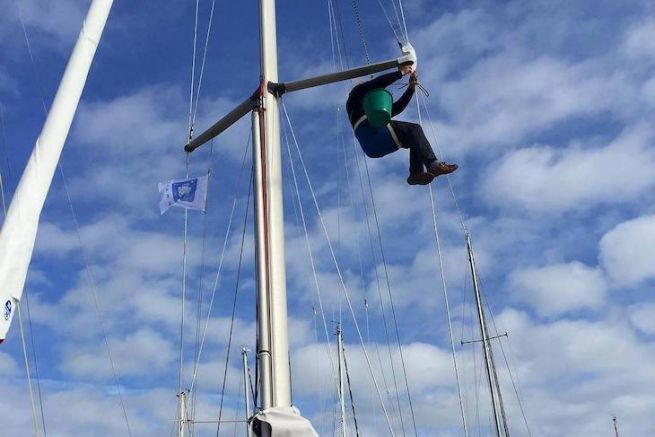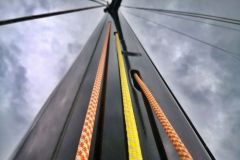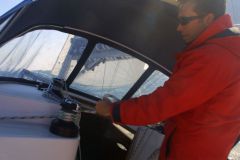A rig is composed of several elements, as we have seen previously in dedicated lexicons. There are the mast more commonly known as the euro tube, the profile, the standing rigging which includes all the cables that hold the mast and the running rigging which includes all the halyards and ropes used for sailing adjustments. The mast also includes accessories and equipment such as the gooseneck and sheaves.
All these parts wear out more or less quickly and must be checked regularly and changed accordingly. It is not always necessary to call a professional, a yachtsman can do some checks by himself.
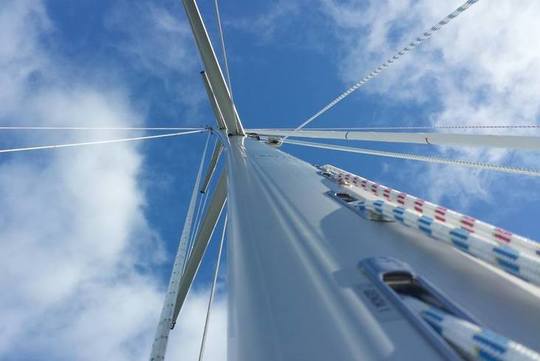
Which parts are used?
We will list here, the parts of the rigging, from those that wear the least to those that wear the most:
The mast the latter hardly ever wears out and rarely breaks by itself. In 99% of the cases, it is related to a cable break.
The shrouds they have an estimated lifespan of fifteen years or fifteen thousand miles, but are only insured for ten years. However, this estimate depends on the use of the product.
The prop this cable has a life span of about ten years. It is the rope that works the most on board and on which a reel is often mounted, which causes torsion phenomena. With the installation of a genoa, the rope is subjected to an even greater weight. Since this is the wire that is constantly working, regardless of the boat's speed, it is also the one that needs to be changed most often.
The fittings rigging: In the same way as deck fittings, the rigging fittings (rails, blockers, pulleys) must be changed when they are worn. Repairs are carried out by a rigger.
The tips they are consumable and therefore need to be changed regularly. Even if they are not worn out, they turn green and are stiff in hand. Uncomfortable, they deserve to be changed.
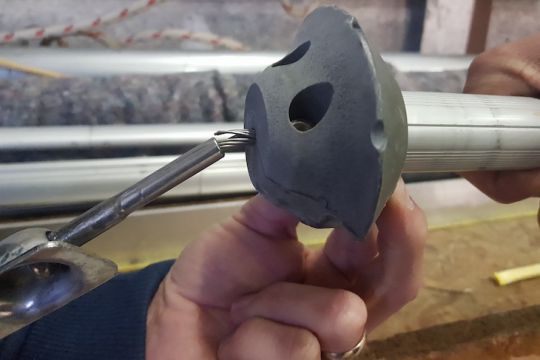
How to check the wear of its riggingeuros?
Each mast has its own particularities. Thus, the yachtsman can be impressed by the technicality of the rigging. However, it is not mandatory to call a professional for the basic checks. Done every season, these checks will ensure that you sail more serenely.
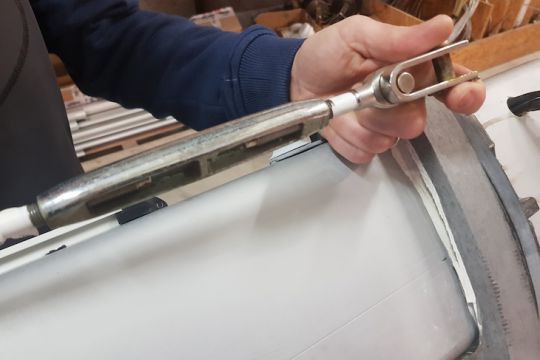
A visual check
- Look at the lower parts of the standing rigging on the mast. A wire often breaks at the ends, either at the top or at the bottom. These are things that can easily be checked. Many boaters mistakenly think that a worn cable can be compensated by another one, but this is not true. If a wire breaks, the whole mast can break, because the tube is not stiff enough to hold the spreader thrust.
- Check the mast foot for cracks or corrosion and the fittings: winches, blockers, rivets, etc.
- Check the strands of the shrouds and make sure none have come loose. This is easy to see and to do yourself. Inspect the chainplates and turnbuckles and make sure they are working properly.
- Check the rope anchorages on the mast: rigging cages, threads, pins, spreaders, mast head, halyard sheaves, etc.
- Some mast cutouts can work in compression and tear or crack. These are things that are hard to see when the boat is mashed, so you'll have to go through a rigger and the dismasting process.
